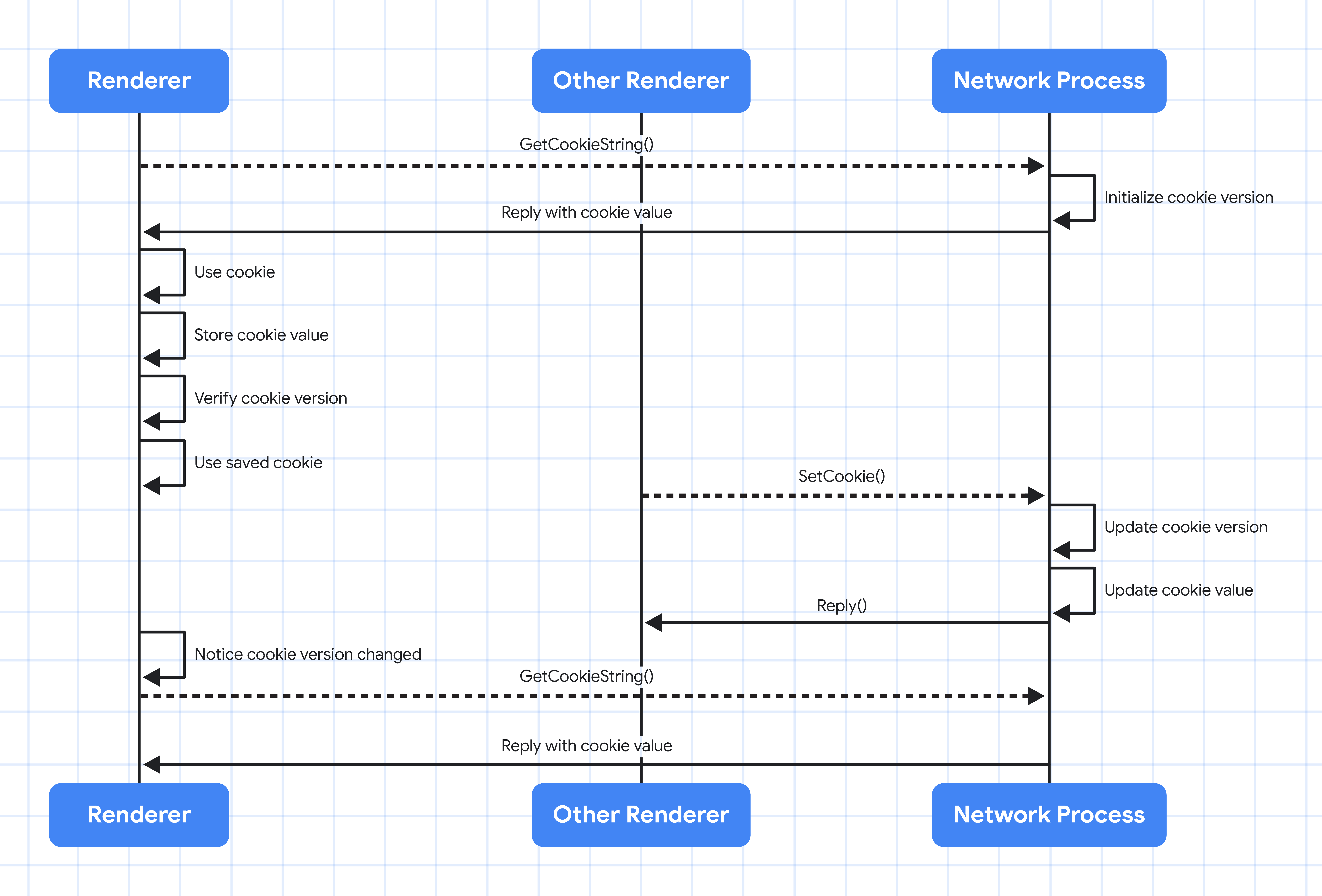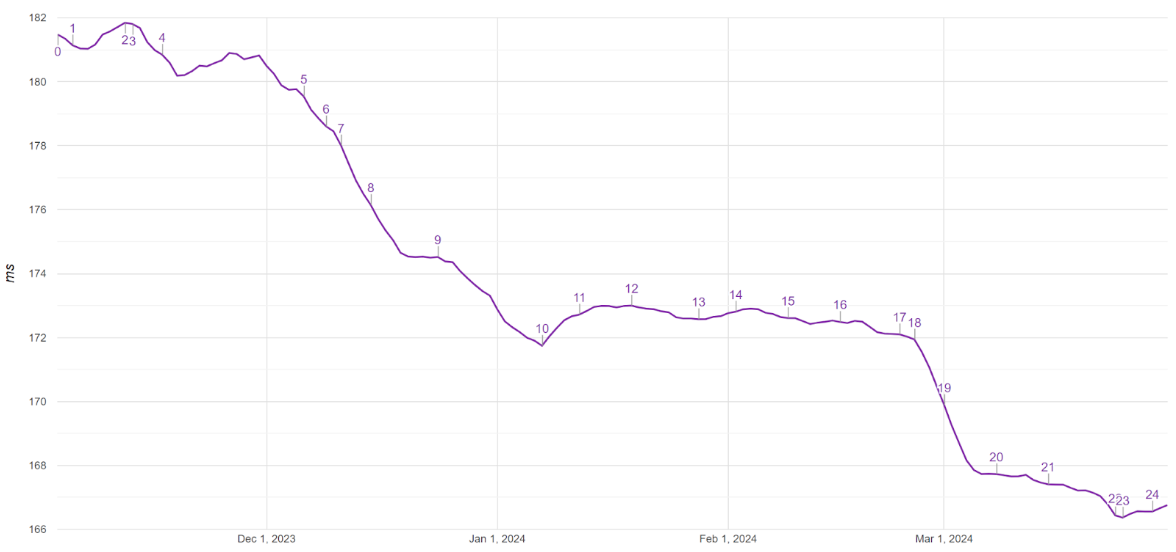Specbee: A quick guide to integrating CiviCRM with Drupal
Now you know Drupal is great with integrations. You can seamlessly integrate Drupal with almost any third-party tool. Combining a CMS like Drupal with a CRM like CiviCRM can revolutionize the way your organization manages data, engagement, and operations.
CiviCRM is an open-source web-based CRM tool that caters to the needs of non-profits and other civic-sector organizations. In this article, let’s learn how to integrate CiviCRM with Drupal 10.
What you need
You only need two prerequisites before commencing your CiviCRM and Drupal 10 integration:
cv tool
Composer
I assume that you already have a pre-installed Drupal site using Composer, so let’s not dig into installing Composer.
Installing the cv tool
Before installing the cv tool, it’s important to understand what it is. Similar to Drush or Drupal Console, cv is a command line tool for installing and managing CiviCRM. This tool locates and boots the CiviCRM installation.
Below are the two commands to install the cv tool on your system:
sudo curl -LsS https://download.civicrm.org/cv/cv.phar -o /usr/local/bin/cv
sudo chmod +x /usr/local/bin/cv
Download CiviCRM packages
We will use composer to download CiviCRM packages:
composer require civicrm/civicrm-{core,packages,drupal-8}
composer require civicrm/cli-toolsDownload translations for CiviCRM (optional)
This step is optional and can be used if you have a multilingual site or need translations for CiviCRM.
mkdir -p web/sites/default/files/civicrm/l10n/fr_FR/LC_MESSAGES
curl -Lss -o web/sites/default/files/civicrm/l10n/fr_FR/LC_MESSAGES/civicrm.mo https://download.civicrm.org/civicrm-l10n-core/mo/en_EN/civicrm.mo
export CIVICRM_L10N_BASEDIR=/var/drupalsites/techx/web/sites/default/files/civicrm/l10nInstall CiviCRM
To install CiviCRM, now let’s use the cv CLI tool
cv core:install –cms-base-url=”[WEBSITE URL]” –lang=”en_EN”Replace the [WEBSITE URL] token with your website’s base URL.
Once CiviCRM is installed, you can visit your website’s CiviCRM page at [WEBSITE URL]/civicrm. Note that CiviCRM will be installed on your existing Drupal database. While it is possible to install CiviCRM on a separate database, we will not cover that in this article (part 2 maybe? Subscribe to our newsletter so you don’t miss any of our latest articles!).
explore more about CiviCRM and Drupal integration, visit their demo page.
Select your preferred language, choose Drupal 10 in the CMS option, and click on the “Try Demo” button.
Final Thoughts
Drupal CiviCRM integration is a powerful tool for organizations looking to enhance their website functionality and streamline relationship management processes. By combining the strengths of Drupal and CiviCRM, organizations can create a cohesive online presence that effectively engages constituents and supports their mission. Implementing best practices and following a systematic approach can lead to a successful integration that drives growth and success for the organization. Talk to our Drupal experts today to integrate your Drupal website with CiviCRM or any other CRM tool!



